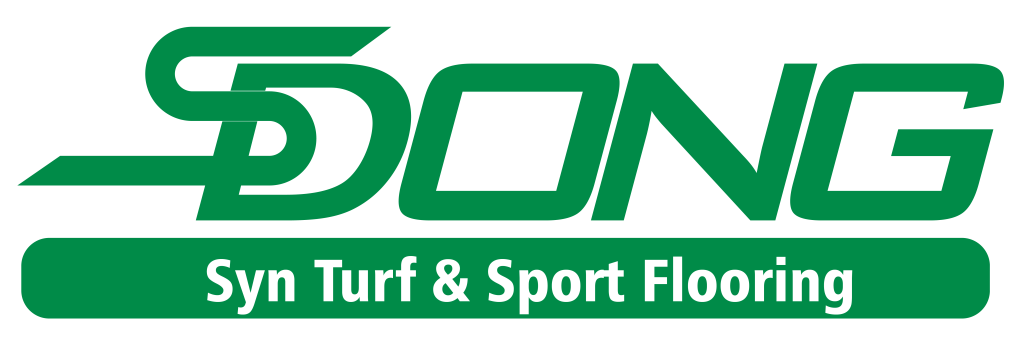When it comes to industrial applications, DIY projects, or even simple household fixes, rubber sheets are incredibly versatile materials that find their use in various scenarios. From providing insulation to sealing and dampening vibrations, the right rubber sheet can make all the difference. However, choosing the appropriate rubber sheet for your specific needs can be a daunting task, given the wide array of options available. In this comprehensive buyer’s guide, we will delve into the world of rubber sheets, helping you navigate through the choices and select the perfect one for your application.
Understanding EPDM Rubber Sheets: A Brief Overview
EPDM, or Ethylene Propylene Diene Monomer, is a synthetic rubber known for its excellent weather resistance, durability, and flexibility. These qualities make EPDM rubber sheets suitable for a wide range of applications, including waterproofing, sealing, and insulation.

Key Considerations When Choosing EPDM Rubber Sheets
1.Thickness and Density:
Explore the thickness options available, as it directly impacts the sheet’s durability and performance.
Consider the density of the EPDM rubber sheet, as this factor plays a crucial role in its ability to withstand varying temperatures and weather conditions.
2.Material Quality:
Assess the quality of the EPDM material. Look for sheets with high-grade rubber to ensure longevity and optimal performance.
3.UV Resistance:
EPDM rubber sheets should be UV-resistant to prevent damage from prolonged exposure to sunlight. Check for UV resistance specifications before making a purchase.
4.Temperature Range:
Different projects require EPDM rubber sheets with specific temperature tolerances. Ensure that the chosen sheet can withstand the temperature extremes of your application.
5.Flexibility and Elasticity:
Evaluate the flexibility and elasticity of the rubber sheet, especially if it will be used in applications that involve bending or stretching.
6.Chemical Resistance:
For industrial applications, consider the chemical resistance of the EPDM rubber sheet. This is crucial if the sheet will come into contact with oils, solvents, or other chemicals.
7.Installation Method:
Some EPDM rubber sheets are designed for adhesive installation, while others may require mechanical fastening. Choose a sheet that aligns with your preferred installation method and project requirements.
The application of EPDM Rubber Sheets
EPDM rubber sheets find applications in various industries and projects, including:
Roofing: EPDM rubber sheets are commonly used for flat and low-slope roofing due to their waterproofing properties and durability.
Automotive: EPDM rubber sheets are used in vehicle weatherstripping, seals, and gaskets due to their flexibility and resistance to temperature fluctuations.
Industrial Sealing: EPDM rubber sheets provide effective sealing solutions in industrial settings, preventing leaks and ensuring a secure seal.
Benefits of Rubber Sheets
The benefits of rubber sheets include:
1.Protection of Work Surface – Rubber in rubber sheets is very useful since it is a very good cushion or bump stop in many cases. Because it is elastic, it can protect several work surfaces in industrial environments from damage.
2.Safety – some of the benefits of rubber are that it is safe for everyone be it the user or the staff. It is safe to use in public areas and therefore very common.
3.Protection of Machines – Rubber is the ideal choice of material when it comes to protecting your equipment. Rubber is a shock absorber.
4.Anti-Vibration – Rubber can naturally stop vibrations from the machines. These vibrations can cause annoyance and the eventual wear and tear of machines due to excessive vibrations.
5.Resistance – Rubber is resistant to electricity. It is also resistant to discoloration and rusting.
6.Versatility – There are different types of materials that rubber sheets can be cut into. The following are examples of those materials: pads, washers, and even gaskets.
7.Availability– Available in a range of materials suitable for a wide variety of settings. Rubber sheets can be found in many different colors making them a suitable option for retail and commercial purposes. They can be cut into gaskets, washers, and pads.
Disadvantages of Rubber Sheets
Natural rubber has a low resistance to hydrocarbons, fats, oils, and greases, which is one of its disadvantages. If it comes in contact with these substances the rubber part may swell or dissolve. Ethylene propylene rubber (EPDM) sheets are not recommended for food use or exposure to aromatic hydrogen. Seals for high-temperature water vapor environment, Seals or parts for bathroom equipment, rubber parts in the brake system. Seals in radiators (automobile water tanks). Silicone rubber sheets are generally high in cost. Some of the rubber sheets can be affected by moisture in the air causing them not to last very long. It can expand due to changes in temperature conditions and therefore it should be used in places where this characteristic can be manipulated effectively.
Types of Rubber Sheets
1.Natural Rubber Sheets: Natural rubber sheets are produced from the latex sap of rubber trees and are noted for their remarkable flexibility and durability. They are frequently utilized in applications that need great tear strength and abrasion resistance.
Neoprene Rubber Sheets: Neoprene rubber sheets are synthetic rubber sheets that have good oil, ozone, and weathering resistance. They are frequently used in outdoor applications due to their excellent insulating qualities.
2.EPDM (Ethylene Propylene Diene Monomer) Rubber Sheets: EPDM (Ethylene Propylene Diene Monomer) rubber sheets are very resistant to UV radiation and weather conditions. They are frequently utilized in the roofing and automotive sectors.
Nitrile Rubber Sheets: Because nitrile rubber sheets are resistant to oil, grease, and gasoline, they are perfect for automotive and industrial applications.
3.Silicone Rubber Sheets: Silicone rubber sheets are suitable for high temperatures and have good electrical insulation qualities. They are frequently utilized in food-grade applications as well as the electrical industry.
Viton Rubber Sheets: Viton rubber sheets are chemically, acidically, and thermally resistant. They are frequently employed in chemical and industrial environments.
Maintenance of Rubber Sheets
Rubber sheets can last long if they are taken care of properly. They have to be maintained. Maintenance is done by initial cleaning, regular maintenance, and application of rubber finishes. The use of doormats has been recommended strictly, at the main door. A wet vacuum is recommended once a day. This is recommended as it sucks the dirt particles in from the grooves of the sheet.
The chemicals should not be used over the rubber sheet as they may react. Rubber sheets used in hospitals for labor rooms as well as for neonates must be washed under running water and on top of that, an antiseptic solution must be used. After antiseptic treatment, it should be hung till dry and then rolled to keep on the shelf after application of powder. Therefore, the maintenance is easy but needs to be done regularly.
If the rubber sheet is found to have developed cracks, scratches, and thickness reduction, in that case, it may not be enough to ensure the insulation performance and should be replaced in a timely manner. Should avoid direct sunlight or sharp metal scratches, and should avoid being too close to heat sources (heating.) when storing to prevent exacerbation of aging deterioration, thereby reducing insulation performance. They also should be kept dry and clean, taking care to prevent contact with acids, alkalis, and various substances, in order to avoid corrosion after aging, cracking, or viscosity, thereby reducing insulation properties.
Conclusion: Making the Right Choice
Choosing the best EPDM rubber sheet involves a careful evaluation of your project requirements and the specific characteristics of the rubber sheet. By considering factors such as thickness, material quality, UV resistance, temperature range, flexibility, and chemical resistance, you can make an informed decision that ensures the success and longevity of your project. With this buyer’s guide in hand, you’re well-equipped to navigate the options and select the perfect EPDM rubber sheet for your needs.


